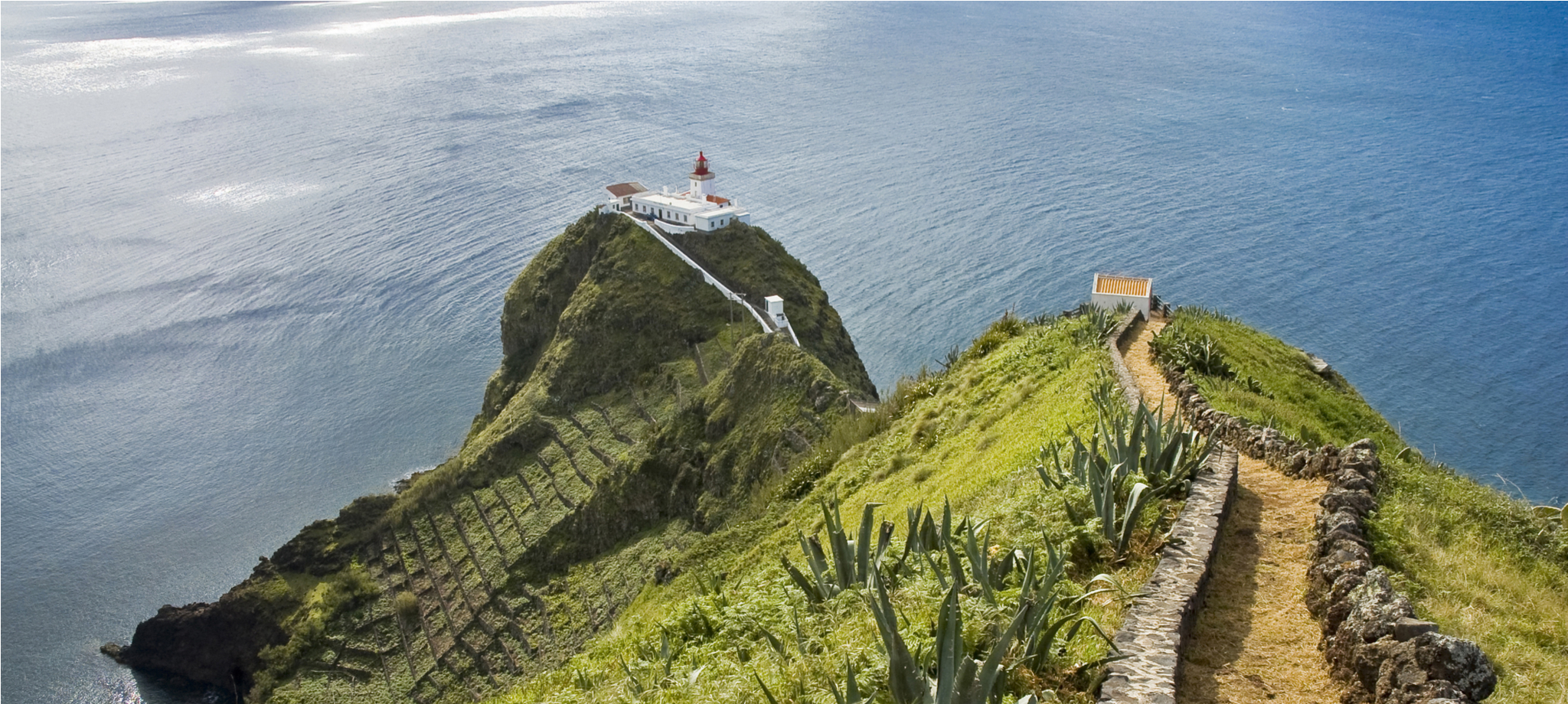Santa Maria Island, Azores: a rich historical legacy
Santa Maria Island, the first of the Azores to be discovered, holds a unique place in the archipelago’s history. Known for its historic landmarks, fortified defenses, and pivotal role in Atlantic trade and exploration.
Discovery and early settlement
Santa Maria’s discovery is attributed to Gonçalo Velho Cabral in 1432. Legend holds that Cabral and his crew spotted the island on the feast day of the Virgin Mary, leading to the island’s name. Originally called “Ilha do Ovo” or “Ilha dos Lobos,” Santa Maria soon became the first Portuguese colony in the Azores. With support from Queen Isabel, Cabral brought settlers from mainland Portugal, particularly from Alentejo, Beiras, and Algarve. Early settlers established themselves in areas like Baía dos Anjos and Vila do Porto, the latter becoming the oldest town in the Azores.
Historical landmarks and religious significance
Santa Maria is renowned for its religious and cultural sites. The Ermida de Nossa Senhora dos Anjos, where Christopher Columbus is said to have attended mass after his return from the Americas, stands as a symbol of the island’s historical importance. Vila do Porto also holds the title of the oldest municipality in the Azores, having received its charter in the 15th century. This milestone contributed to Santa Maria’s early development as a center of administration and trade.
Economic growth through agriculture and trade
In the 16th century, Santa Maria’s economy flourished through the cultivation and export of products like wheat, barley, and pastel (woad), a dye-producing plant. Trade links extended to North Africa, with goods shipped to Mazagão. The island also exported ceramics, lime, wine, and occasionally fish. In turn, essential imports included salt, olive oil, and iron. This trade network solidified Santa Maria’s role in Atlantic commerce and linked it closely with Portugal’s overseas ambitions.
Pirate attacks and fortifications
Due to its strategic location, Santa Maria faced frequent attacks from pirates and privateers, particularly during the 16th and 17th centuries. Spanish, French, and Barbary corsairs targeted the island, looting goods and capturing residents. In response, the local government, led by the Capitão-mor, fortified the coastline with structures such as Forte de São Brás in Vila do Porto and the Fort of São João Baptista at Praia Formosa. These defenses helped protect the island and its inhabitants from further raids.
Santa Maria in the age of exploration
Santa Maria played a role in significant historical events, including a visit by Christopher Columbus in 1493. Returning from his first voyage to the Americas, Columbus anchored in Baía dos Anjos, where he and his crew attended mass. This visit became legendary, adding to the island’s prominence at the early Age of Exploration.
During the 17th and 18th centuries, Santa Maria’s waters attracted Spanish treasure fleets returning from the Americas. These fleets, laden with valuables, drew attention from corsairs, necessitating vigilant defenses on the island. The presence of these fleets and their occasional need for fresh water underscored Santa Maria’s importance in trans-Atlantic navigation.
19th-Century conflicts and the liberal wars
In the early 19th century, Santa Maria became involved in Portugal’s Liberal Wars, with the island’s inhabitants supporting Queen Maria II’s liberal faction against the absolutist supporters of King Miguel. A notable group of islanders participated in the pivotal Mindelo landing and the siege of Porto, helping secure victory for the liberal forces.
Modern era: aviation and strategic importance
In 1944, Santa Maria opened its airport, which played a strategic role in the final years of World War II and positioned the island as a critical stopover for transatlantic flights. The airport brought economic growth and introduced a new dynamic to the island, connecting it to a broader network. Today, the airport continues to support travel, though on a reduced scale, while the island’s future in aerospace and technology is set to grow with investments in these fields.
Many of the must-see places to visit on the island of Santa Maria are related to its history.
For those looking to explore the Azores, check out our travel packages that highlight the islands’ historic sites and scenic landscapes.
